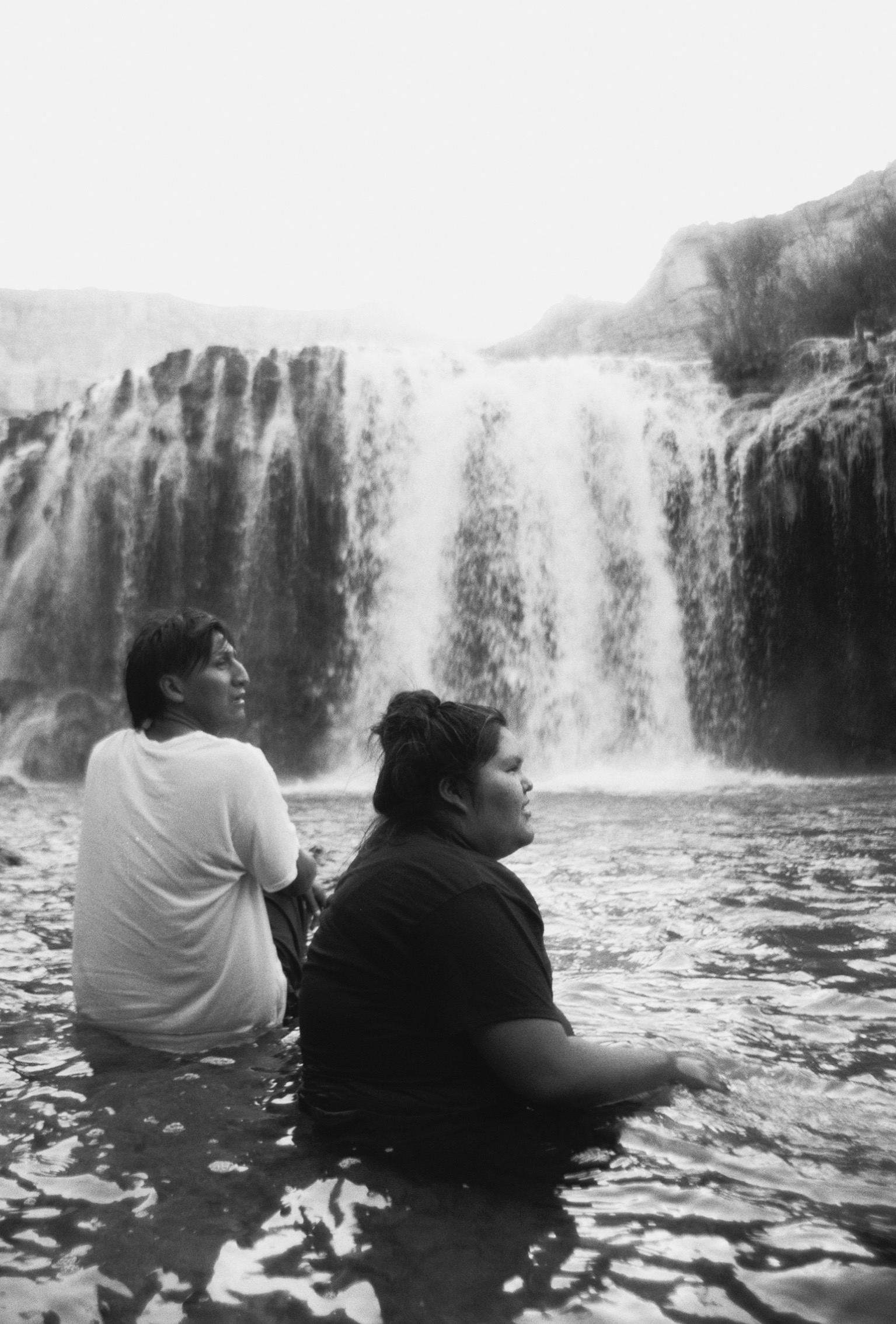People of the Blue-Green Waters
Stay Wild
The Overlooked Side of Havasupai
Story and Photos by Sera Lindsey // @portablesera
“Havasupai” or “Havasu Baaja” translates into English as “people of the blue-green waters.” The Havasupai tribe have lived within the arms of the Grand Canyon for over 1,000 years.
If you check the #havasufalls hashtag on social media, you’ll be sure to see plenty of arms-out-in-wonder, yoga poses, selfie sticks, and inspirational quotes. What you likely won’t see much of is the Supai Village reservation. Those who live there have been historically subjugated by broken treaties, cultural exploitation, and governmental abuse. Though they live within one of the most stunning geographical locations I’ve ever beheld, they exist in extreme poverty. The town has a small school and church, both crudely spray painted over by locals with words of spite and anger. Hungry and overworked horses chew on trees. People are deprived of healthy food, with no access to produce so far down in the canyon. What once was the land of the blue-green waters and rich giving earth is now another checked-off item on a bucket list. This place and its people receive so little notice, save for those who wish to showcase waterfalls, and nothing more.
While there, I saw a young boy gazing out at the land he calls home. He stood less than a mile from a tourist camp. Beer cans, grocery store sandwich wrappers, and empty chip bags were left as tips in this pack-in-pack-out campsite. Bloated squirrels loitered at every turn. I saw garbage blossoming from the top of compost toilets and explosions of litter along the sidelines of the trail. While hiking, I breathed in the trash fumes as they baked in the Arizona sun. So little is asked for, and even less is given.
There is a great chasm between experience and awareness. The excitement and hunger of showcasing a new adventure dramatically sways our moral compass. Witnessing the lack of learning is disheartening. Travel is planning, and offers a clear opportunity to gain knowledge of a place and its people. The need to protect and preserve is real.
Swimming in the Havasupai water and seeing several “NO DRONES” and “NO DIVING” signs may seem like guidelines to some. But maintaining these last sparks of sacred land is much cooler than doing a backflip into it. These aren’t just requests to fulfill, but acts of respect to uphold.
My thoughts are with those who suffer the greed of the world, so many of them living as stewards of a complex beauty that they hardly have space to experience themselves. I hope we may all recognize the need to act with reverence and awareness—even when it costs us a few double taps.

